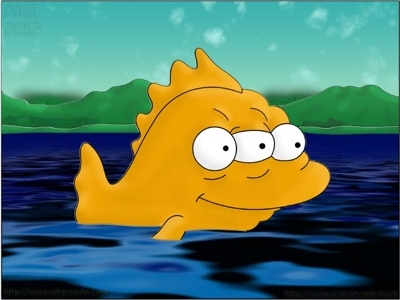"I've never seen this," he said, a statement Al Jazeera heard from every scientist, fisherman, and seafood processor we spoke with about the seafood deformities.
Given that the Gulf of Mexico provides more than 40 per cent of all the seafood caught in the continental US, this phenomenon does not bode well for the region, or the country.
"The dispersants used in BP's draconian experiment contain solvents, such as petroleum distillates and 2-butoxyethanol. Solvents dissolve oil, grease, and rubber," Dr Riki Ott, a toxicologist, marine biologist and Exxon Valdez survivor told Al Jazeera. "It should be no surprise that solvents are also notoriously toxic to people, something the medical community has long known".
The dispersants are known to be mutagenic, a disturbing fact that could be evidenced in the seafood deformities. Shrimp, for example, have a life-cycle short enough that two to three generations have existed since BP's disaster began, giving the chemicals time to enter the genome.
Read More | "Gulf seafood deformities alarm scientists" | Dahr Jamail | ?Al Jazeera
